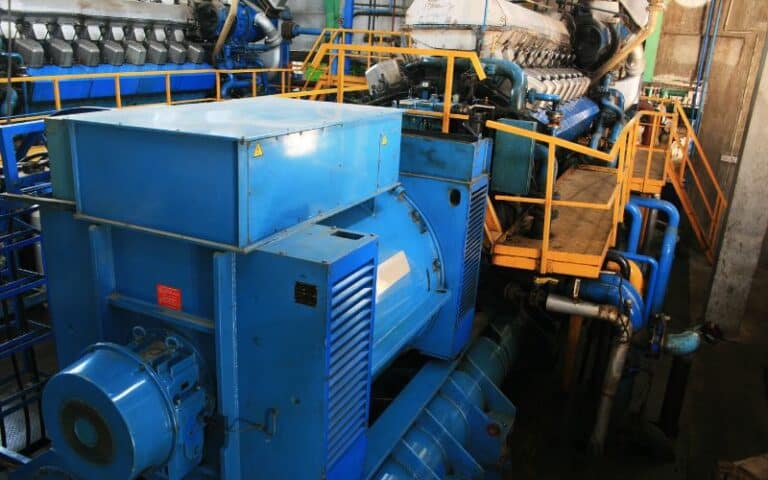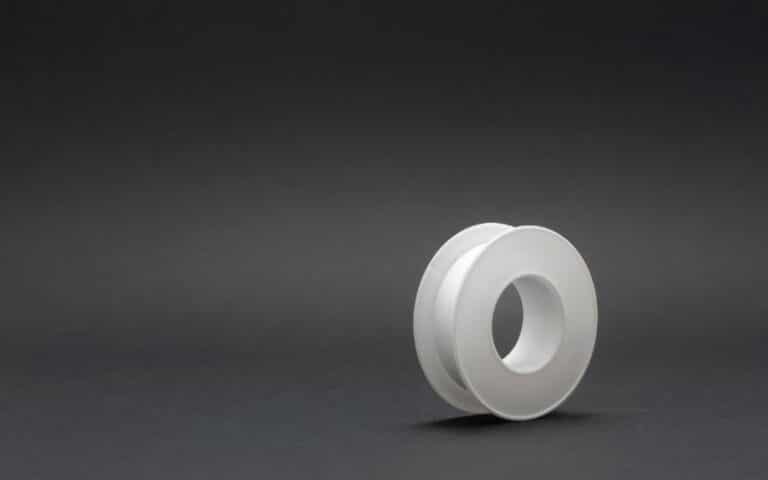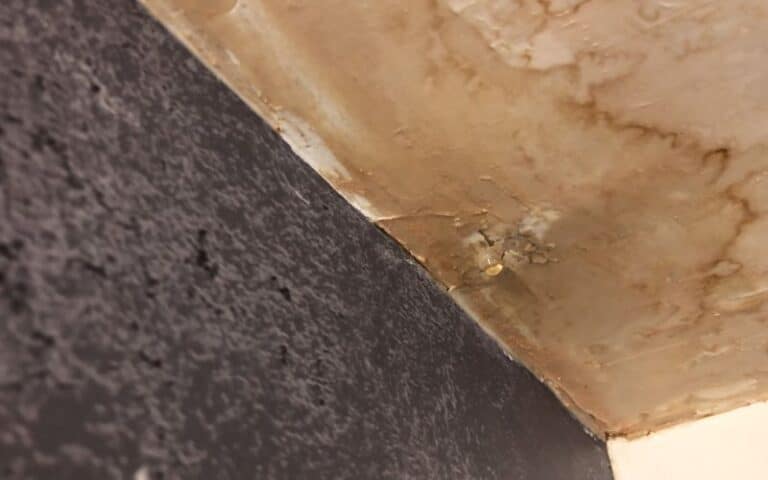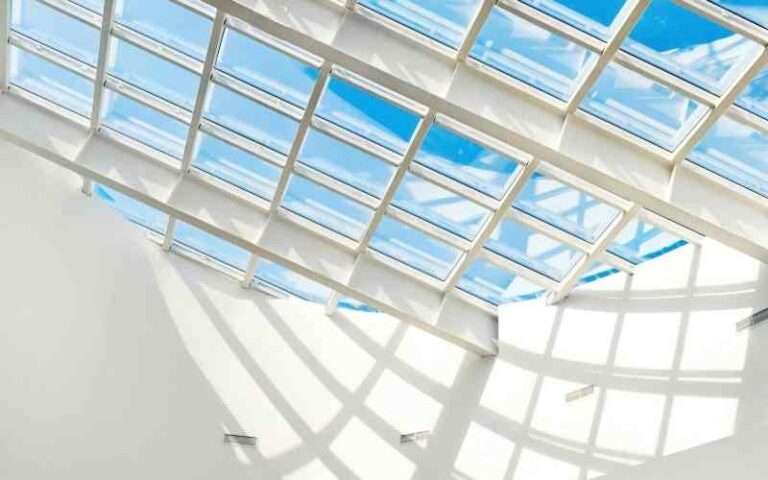Are you looking out for ways of preserving your roof rafters to enable them to stand the test of time? Pressure-treated wood is one of the significant ways of elongating the life span of rafters.
This article lets you know the importance and fundamental ways of pressure-treating your roof rafters.
Pressure-treated lumber for roof rafters is a technique used to protect the wood from rotting due to the activities of insects, wood-boring invertebrates, and microbial agents. Pressure treatment for roof rafters is essential to ensure the integrity of the rafter considering its importance in the roof structure.
Ready for a Roofing Quiz?
Should Roof Rafters be Pressure Treated?
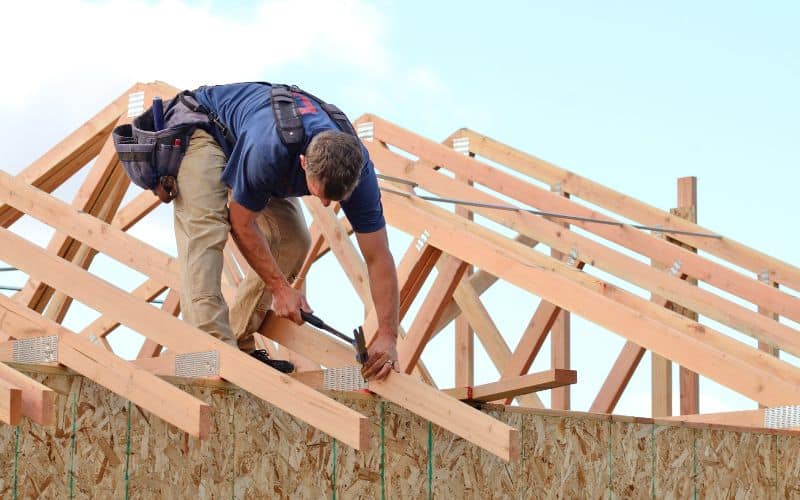
Yes, roof rafters should be pressure-treated because pressure-treated lumber has more resistance to pests and the element of degradation.
In addition, when roof rafters are pressure-treated, it aids in the maintenance of their integrity for being roof resistant and the elongation of the wood’s life span.
But for its ability to withstand the activities of pests, rot, and the various elements, it’s advisable to pressure-treat your lumber before using it for rafting.
According to the International Building code, the woods for siding and structural lumber used for the last 6inches of a structure above ground level should be pressure-treated.
Can I Use Pressure Treated Wood for my Roof Rafters?
Yes, you can use pressure-treated wood for your roof rafters as long as there is no probability of moisture coming in contact with an exposed wood framing.
When woods are pressure-treated, the prices increase, so you must be prepared to shoulder the cost of using pressure-treated wood for your roof rafters.
Pressure-treated lumber for your roof rafters would last longer than natural wood without treatment.
Hence, for your structure to stand as a great tower with a standard roof with pest-free lumber, it’s worthy of note that the rafters be pressure-treated.
When to Use Pressure-treated Wood?
Pressure-treated wood lasts longer than natural wood and can resist the effect of insect damage; however, you cannot use it for all purposes.
Below are some of the times when you can use pressure-treated lumber:
#1. Wood Having Direct Contact With a Source of Moisture
Use pressure-treated lumber where there is constant interference of the wood with water.
These include woods buried underground, woods having contact with concrete or masonry, bathrooms, and subfloors in the kitchen that can also be pressure-treated since there are high chances of water leakage.
#2. Use Pressure-Treated Wood With a Sealant
If security is all you crave, your wood needs to be pressure-treated and sealed with oil-based sealants. This action will provide protection as well as secure your wood shortly.
There is no need for fear about making treated wood safer because it’s done by totally encasing your pressure-treated wood, giving it remote access.
#3. Contact With People And Pets Is Inevitable
When people come in contact with this treated wood, they pick up the chemicals that are harmful to humans.
If one happens to ingest these substances or the hands used in touching them are used to rub on the eyes, it could make one sick over time.
#4. Important Notes About Pressure Treated Woods
The importance of pressure-treated wood can’t be over-emphasized, but underneath are some of them to be taken into consideration;
- Pressure-treated wood is not suitable for all applications, and has specific uses; these specific uses are for decks, woods that you can bury in the ground, construction of a basement, etc.
- It comes in three types: non-combustible, alkaline copper, quaternary, and borate.
- It’s difficult to paint due to the chemicals’ effect, and when the wood shrinks, the paint cracks.
- You can control bugs by the chemical used in the pressure treatment of lumber.
- When decking is pressure-treated, it could last up to ten years; poles could last longer, i.e., up to 40years.
- It’s safe, but you should wear sandpapering and drilling masks when cutting it.
- Treated wood protects wood from rot, elements, and insects.
What Kind of Wood do You Use For Roof Rafters?
There are different kinds of wood to use for roof rafters. The type of wood used for rafters tells significantly on the integrity of the entire roofing.
For a better and standard roof rafter, consider the strength of the wood, the dry weight, and the appearance of the wood.
The following kinds of wood are for roof rafters;
#1. Douglas fir
The Kiln-dried Douglas fir wood is the number one choice when deciding on the type of raft you would want to do.
It’s readily available at an affordable price. In addition, the Douglas fir wood has remarkable tensile strength and is very light.
Other woods for roof rafters are hemlock, western firs or ponderosa pine, and spruce which are used in roofing to provide durability and lightweight roof.
However, the span significantly influences the wood for a longer span. Therefore, Douglas fir is needed for a shorter span and could be used depending on your preference.
#2. Oak Rafters
Oak rafters in the past, but you can still use oak rafters in today’s constructions, especially with a post and beam construction style.
Types of Chemicals Used In Pressure-treated Lumber
Currently, the process for pressure-treating lumber uses Chromated-copper arsenic (CCA) chemicals.
The Environmental Protection Agency does not have the CCA as part of the substances suspected to be associated with carcinogens.
But one of its components, arsenic, has been linked to having a carcinogenic effect. That is to say. It’s liable to cause cancer.
The arsenic substance is a known human carcinogen, and it’s also harmful to fish, birds, and farm animals.
In addition to all this, it could lead to cancer of the skin and lung, could also lead to developmental abnormality of the fetus, liver damage, nerve damage, and many other conditions.
People are prone to this carcinogen through ingestion, inhalation, and contact with the skin. Hence, there should be great caution when handling preservative-treated wood.
However, there are three variances of pressure treatment available for wood treatment;
#1. Waterborne treated lumber:
This one is generally used in structures habited by man for industrial and commercial purposes.
#2. Oil-borne treated lumber:
This one is used for utility poles and crosses arms.
#3. Creosote-treated lumber:
When treating railroad ties, guardrail posts, and wood structural panels in marine frameworks, you can use creosote lumber.
Is Pressure-treated Lumber For Roofs Waterproof?
No, pressure-treated lumber for roofing is not waterproof. Pressure-treated woods are made by merely soaking the wood in the preservatives under high pressure, which confers some water repellent.
Howbeit, it doesn’t mean that the treated wood be left inside water for a long time, for this will cause it to decay.
For a pressure-treated wood to be waterproof, you must coat it with other substances such as polyurethane resin, which makes it last long and resistant to damage.
Then, initiate the process by adequately cleaning the surface, followed by sanding, which helps edge the wood surface for easy staining.
Try the following wood waterproof treatment at home;
#1. The combined sealer and staining:
This helps to give the wood an enhanced look and protects it from water and moisture. Sealing a wood could be done using polyurethane, coating with lacquer thinner, or vanishing.
#2. You can use tung oil or linseed oil:
For an aesthetic and protective hand-rubbed finish.
Conclusion
Pressure-treated lumber for roof rafters is a technique used to protect the wood from rotting due to the activities of insects, wood-boring invertebrates, and microbial agents.
Roof rafters should be pressure-treated because pressure-treated lumber has more resistance to pests and the element of degradation.
Pressure-treated wood can be used for your roof rafters as long as there is no probability of moisture coming in contact with the exposed wood framing.
In addition, pressure-treated wood does last longer than natural wood.

